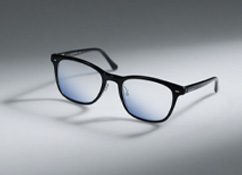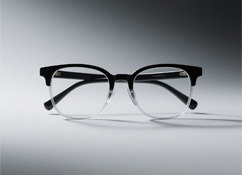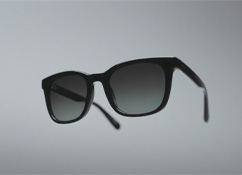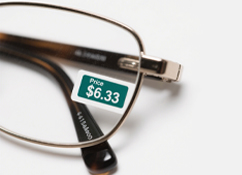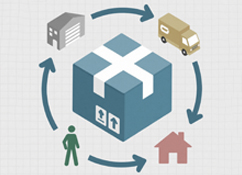Eye Health Awareness for Americans 50+: Key Stats, Concerns, and Gaps
For Americans 50 and older, eyesight isn’t just a sense—it’s a cornerstone of their quality of life. A new survey highlights how much older adults value their vision, their top fears about eye health, and where they’re missing key steps to protect their eyes. Let’s break down the data and what it means for adults 50+.
Key Eye Health Stats for Americans 50+
Older adults take their eye health seriously—but the numbers reveal a mix of concern and inaction:
92% of adults 50+ are worried about their eye health (a top health priority for most).
83% fear losing their vision more than any other sense (even more than hearing or mobility loss).
A separate FDA (U.S. Food and Drug Administration) survey found 91% of respondents rank vision as “extremely” or “very important” to their overall quality of life (53% “extremely,” 38% “very”).
When it comes to exams:
6 in 10 Americans 50+ get regular eye exams—but only half of those have had a dilated eye exam (a critical step for catching early eye disease).
While 85% know dilated exams help diagnose eye conditions (like glaucoma or macular degeneration), just 51% have had one in the past 12 months.
Top Vision Concerns for Adults 50+
Middle-aged and older adults report three main vision struggles:
Trouble reading up close (a common sign of presbyopia, age-related farsightedness).
Blurry vision (can stem from dry eye, cataracts, or retinal issues).
Difficulty seeing at night (risky for driving and linked to conditions like glaucoma).
Less common but still worrying issues include pink eye (conjunctivitis), flashes of light (a possible sign of retinal detachment), and double vision.
The Gap: Proactive Care vs. “Wait-and-See” Habits
Many older adults don’t seek out eye health info until it’s too late:
43% only look for general health information “when they have to” (not as a preventive step).
47% do the same for eye health—they research issues only when they notice symptoms (like blurriness or eye pain).
This “wait-and-see” approach can let early eye diseases (which often have no symptoms) go undetected—costing them precious time to treat conditions like macular degeneration or glaucoma.
Big Knowledge Gaps About Eye Conditions
While older adults care about their eyes, they lack awareness of key eye diseases:
Roughly half (or more) of respondents don’t know much about vision-threatening conditions like temporal arteritis (an inflammation that can cause vision loss), corneal disease, or retinal disorders.
The good news? They’re eager to learn: 80% of adults 50+ say they want to understand eye health better—a sign that accessible, clear info could make a big difference.
Openness to New Solutions for Vision Problems
Older Americans are receptive to innovations that protect their vision:
1 in 3 are “very interested” in non-invasive tech fixes for eye issues (like at-home vision monitors or digital eye exams).
Another 1 in 3 are “somewhat interested”—showing broad willingness to try new tools that make eye care easier.
About the Survey
This data comes from a January 2020 phone survey by AARP (a leading advocacy group for adults 50+), using a representative sample of 550 Americans aged 50 and older across the U.S. The sample size and methodology ensure results reflect broader trends among older adults.
FAQ: Eye Health for Americans 50+
Q: How often should adults 50+ get eye exams?
A: The American Optometric Association (AOA) recommends annual dilated exams for adults 60+. For 50–59-year-olds, exams every 2 years are standard—unless you have risk factors (like diabetes or a family history of glaucoma).
Q: Why are dilated exams so important?
A: Dilation widens the pupil, letting doctors see the back of the eye (retina, optic nerve) and catch early signs of disease that dry exams miss—like glaucoma, macular degeneration, or even diabetes-related eye damage.
Q: What’s the best way to learn more about eye health?
A: Start with your eye doctor—they can tailor info to your age and risk factors. Trusted sources like AARP, the FDA, or the National Eye Institute (NEI) also offer free, easy-to-understand guides.
Final Takeaway
Americans 50+ value their vision more than almost any other sense—but they need more support to turn that concern into action. Closing knowledge gaps, making preventive care (like dilated exams) easier to access, and sharing simple eye health tips could help millions of older adults keep their vision sharp for years.






